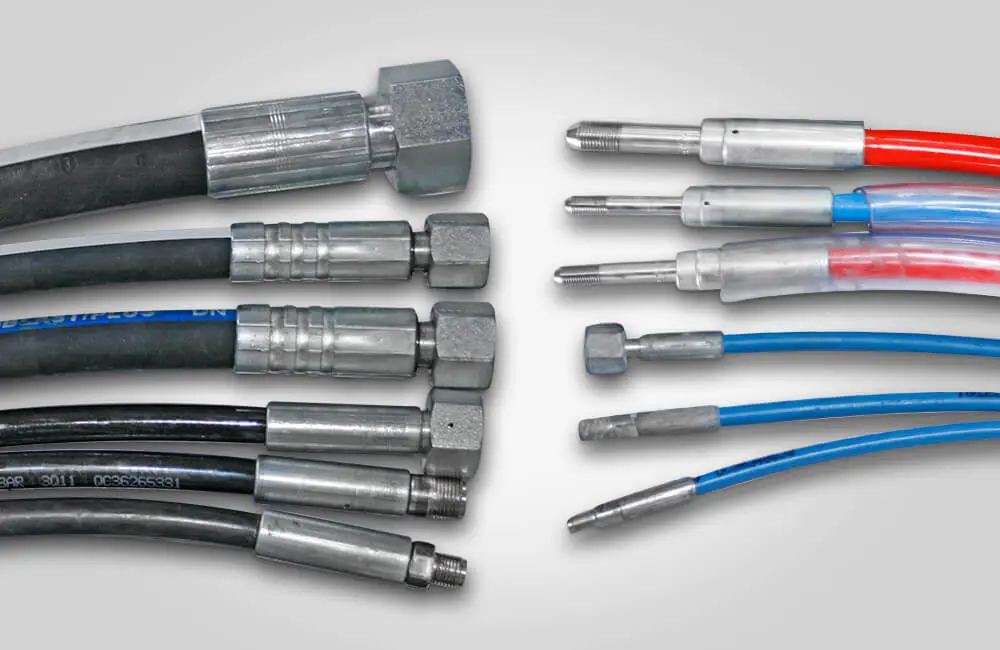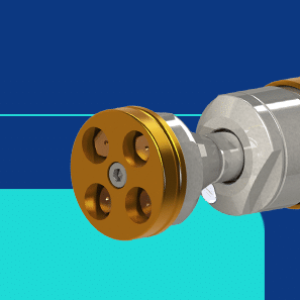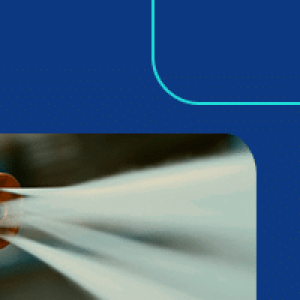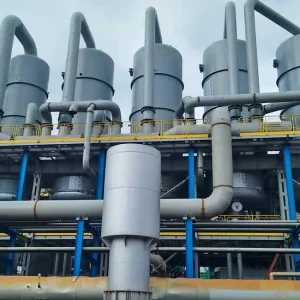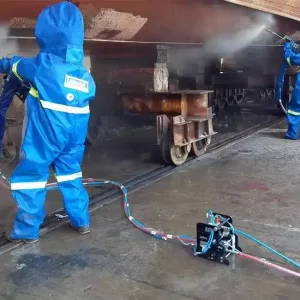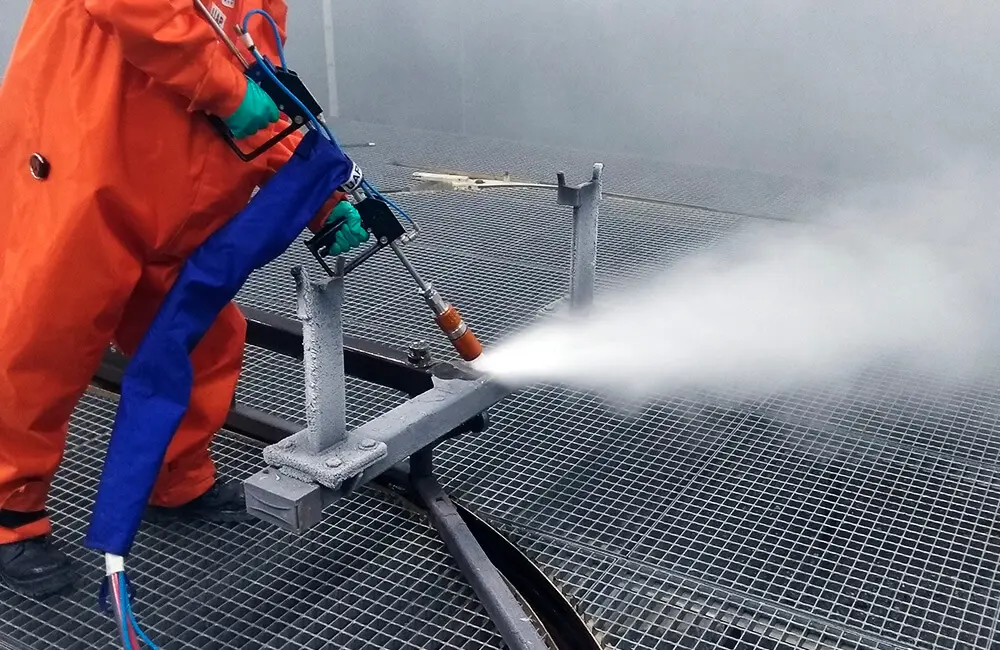
There is no doubt that the hydrojetting method offers many advantages for cleaning equipment, preparing surfaces and unclogging pipes, boilers, heat exchangers and other machines that need to be thoroughly cleaned. To ensure the efficiency of this service, some accessories are essential, such as a high-pressure hose.
In fact, the product is the subject of this text, which will reveal its characteristics and functions.
What is a high pressure hose?
Firstly, a high-pressure hose is essential for hydrojetting.
It is important to note that hoses can have different lengths, diameters, connections and working pressures. Regarding the characteristics of the item, it is worth noting that each application requires a type of hose to best fulfill the desired purpose.
Depending on the working pressure, hoses can have 3 or more layers made of different materials. Typically, hoses have an inner layer of flexible, waterproof material (such as rubber), one or up to 12 braided reinforcement layers made of metal or composite material, and a final outer layer to protect the braided layer from oxidation and abrasion with the ground.
Therefore, the higher the operating pressure, the greater the number of braided layers of a hose.
Furthermore, because it is flexible, this type of hose makes the hydrojetter’s job easier during cleaning.
According to the recommendations of the WJTA (Water Jet Technology Association), the high-pressure hose is a flexible item that connects two components and sends the water flow to the gun or nozzles.
Following international specifications, high-pressure hoses are manufactured to withstand 2.5 times their nominal working pressure. During assembly, the hoses are repeatedly tested at 1.5 x the indicated operating pressure. Therefore, pay attention to the safety and use recommendations (BP – Brust Pressure).
It is important that the crimped terminals are identified to enable tracking. In addition, it is recommended to use hoses within the working pressure (WP), with a crystal (if the work allows the insertion of protection) and a safety sock and/or loop.
The terminals must be compatible with the hoses and nozzles and tested when mounted on them.
It is important that the hose certifications are up to date, as there are requirements that require them to provide hydrojetting services, in addition to ensuring the safety of the operation.
All hoses are usually engraved with serial and batch numbers near one of the terminals. This information must be included on the hose certificate for item traceability.
Features of high pressure hoses
Without a doubt, the high-pressure hose has its own particularities. To begin with, the hose has an internal tube, which has the function of conducting the fluid.
It is important to know that the greater the number of meshes in the hoses, the heavier they are and the smaller the bending radius allowed. This is to prevent the meshes from deforming and creating a weakness at the bending point, subject to rupture.
Another important feature is that the hoses must also be sized according to the flow rate of the Pump or Accessory. When poorly sized, it can compromise the working pressure due to a characteristic known as pressure loss.
Therefore, it is recommended that the pressure drop along the hose path does not exceed 15% of the operating pressure of the hydrojetting pump. Therefore, it is common to consider that the maximum speed of the water in the hose does not exceed 2.5 meters per second.
Furthermore, the hoses have steel braids, which help to provide the necessary resistance to internal pressure stresses.
Finally, the product can also be assembled with an external coating to further protect against any irregularities.
It is also worth mentioning that the accessory is sought after by different sectors that invest in hydrojetting solutions, such as: chemical, petrochemical, sugar and alcohol, automotive, oil platforms, construction companies and many other segments.
Essential care for the high pressure hose
In fact, the high-pressure hose is a strong and effective accessory. However, to maintain its durability, it is necessary to take some basic care, such as:
- be careful when handling the hose, as it is essential not to twist or pull it to avoid breakage;
- prevent the hose from being dragged on the floor, as this can damage the material due to uneven floors and objects that can cause premature wear or even puncture it;
- work respecting the nominal working pressure, according to the instructions for use in the manufacturer’s manual;
- store the item in a covered and ventilated place to preserve its good condition for use.
Furthermore, it is essential that all assembled hoses are inspected before use. This will help identify any damage, wear or imperfections that could compromise the task.
Therefore, the verification, which needs to be carried out periodically during operation, must analyze factors such as: diameter, length and working pressure, condition of the external cover, conditions of the terminals and compatibility with the pump pressure, in addition to the validity of the test certificate.
Hose lifespan
Another frequently asked question is about the service life of hoses. Generally speaking, there is no limit to the number of hours of operation, nor is there a minimum number of hours.
Therefore, the service life of the hose is directly dependent on the operating conditions and the user’s maintenance care.
Quality and safety solutions
As we mentioned throughout this text, the high-pressure hose is a very important item for hydrojetting services.
But now that you know the features and characteristics of this item, we want to talk about LEMASA’s solutions for hydrojetting, which are recognized in the market for being synonymous with quality and safety.
It is known that LEMASA has a dedicated cell for the assembly and maintenance of equipped hoses. This cell is certified by the world’s leading manufacturers of inputs for the manufacture of super high (up to 1,400 bar) and ultra high pressure (up to 6,900 bar) hoses. In fact, it is equipped with the same machines present in factories in Europe and the United States.
Additionally, all of our hoses, which are available for up to 2,800 bar (40,000 psi), are crimped, tested and certified per run.
Our items can be applied in segments such as:
- petrochemical industry;
- construction industry;
- sugar and alcohol industry;
- mining industry;
- oil platforms.
So, if you want to know more details about our hoses, click here and check it out!
On our website we have technical information about the different models available. Check it out now!
And if you liked our text, share it so that more people can learn about the subject.
Keep an eye on our blog and follow the news we post here!


